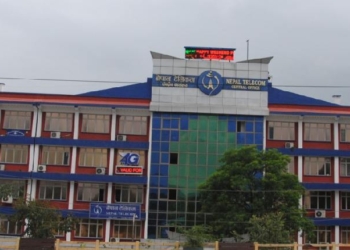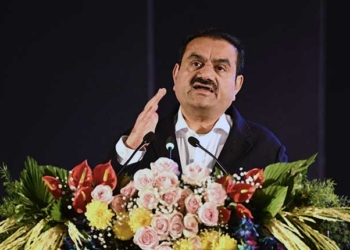New Delhi: Prime Minister Narendra Modi has sent a clear message of continuity in the government’s economic policy with the re-appointment of Nirmala Sitharaman as Finance Minister.
Sitharaman’s return comes on the back of a successful track record with the Indian economy clocking a robust 8.2 per cent growth in 2023-24, which is the fastest among the world’s major economies, and inflation coming down to below 5 per cent.
During her tenure as Finance Minister, the fiscal deficit has also been reduced from more than 9 per cent of GDP in 2020-21 to the targeted level of 5.1 per cent for 2024-25. This has strengthened the macroeconomic fundamentals of the economy. S&P Global Rating raised India’s sovereign rating outlook to ‘positive’ from ‘stable’, citing the country’s improving finances and strong economic growth.
After having presented an interim budget ahead of the Lok Sabha polls, Sitharaman now faces the challenge of presenting a full budget that ensures the economy continues on the high growth trajectory and creates more jobs while at the same time keeping in mind the aspirations of the coalition partners of the Modi 3.0.
There are some apprehensions that the fiscal demands of the coalition partners may lead to a diversion of economic resources from investments in infrastructure projects that spur growth to social welfare schemes and higher allocation to states.
However, given the low fiscal deficit, the hefty Rs 2.11 lakh crore dividend from the RBI and the buoyancy in taxes, the Finance Minister has a lot of headroom for pushing ahead with policies aimed at accelerating growth.
As part of the next-generation economic reforms, the government was also planning to rationalise GST by reducing the number of tax slabs from four to three in order to make revenue collection and compliance easier. However, this may now have to be put on the backburner as tweaking GST rates on semi-essential items which are taxed at 12 per cent or 18 per cent could lead to an additional tax burden on essential items, which are taxed at a lower 5 per cent rate.
Some of the crucial economic reforms such as making it easier for businesses to hire and fire labour to ensure a higher level of productivity to accelerate growth and generate more jobs in the long run may also have to wait.
(IANS)
















